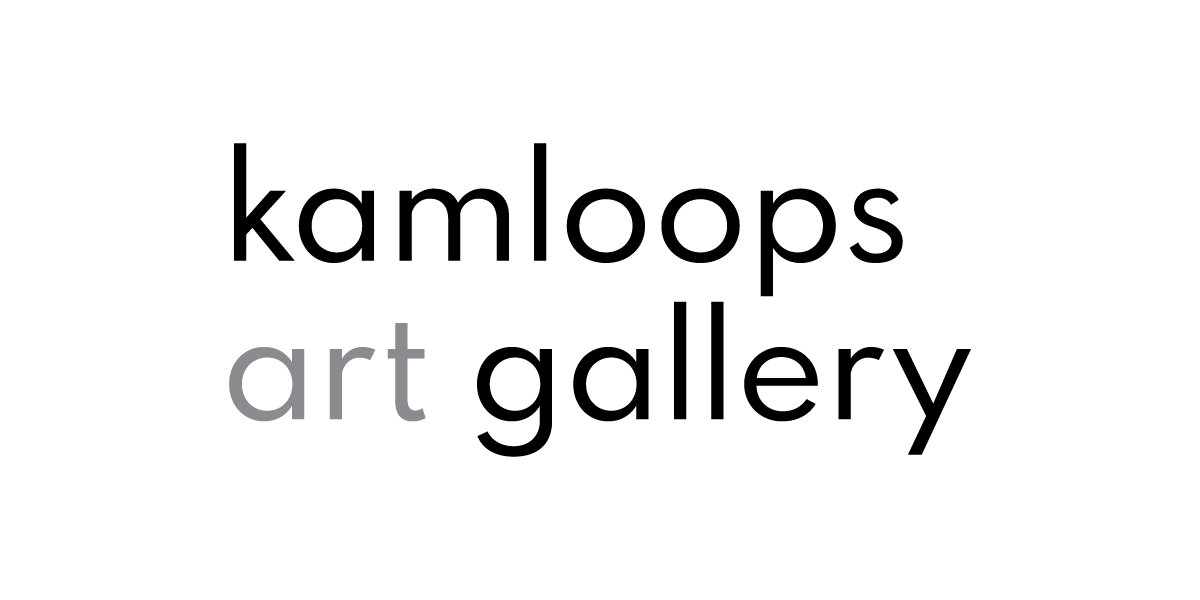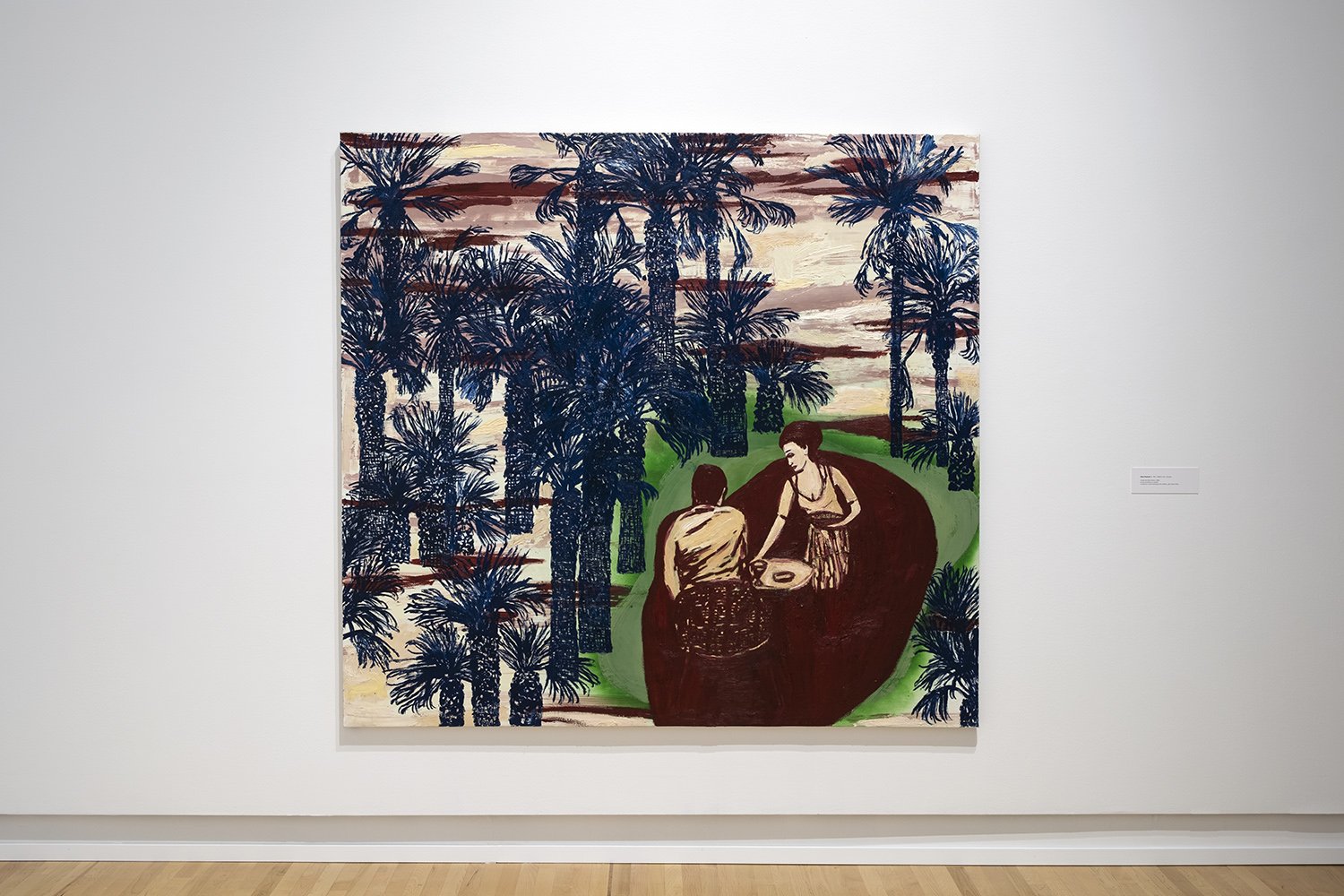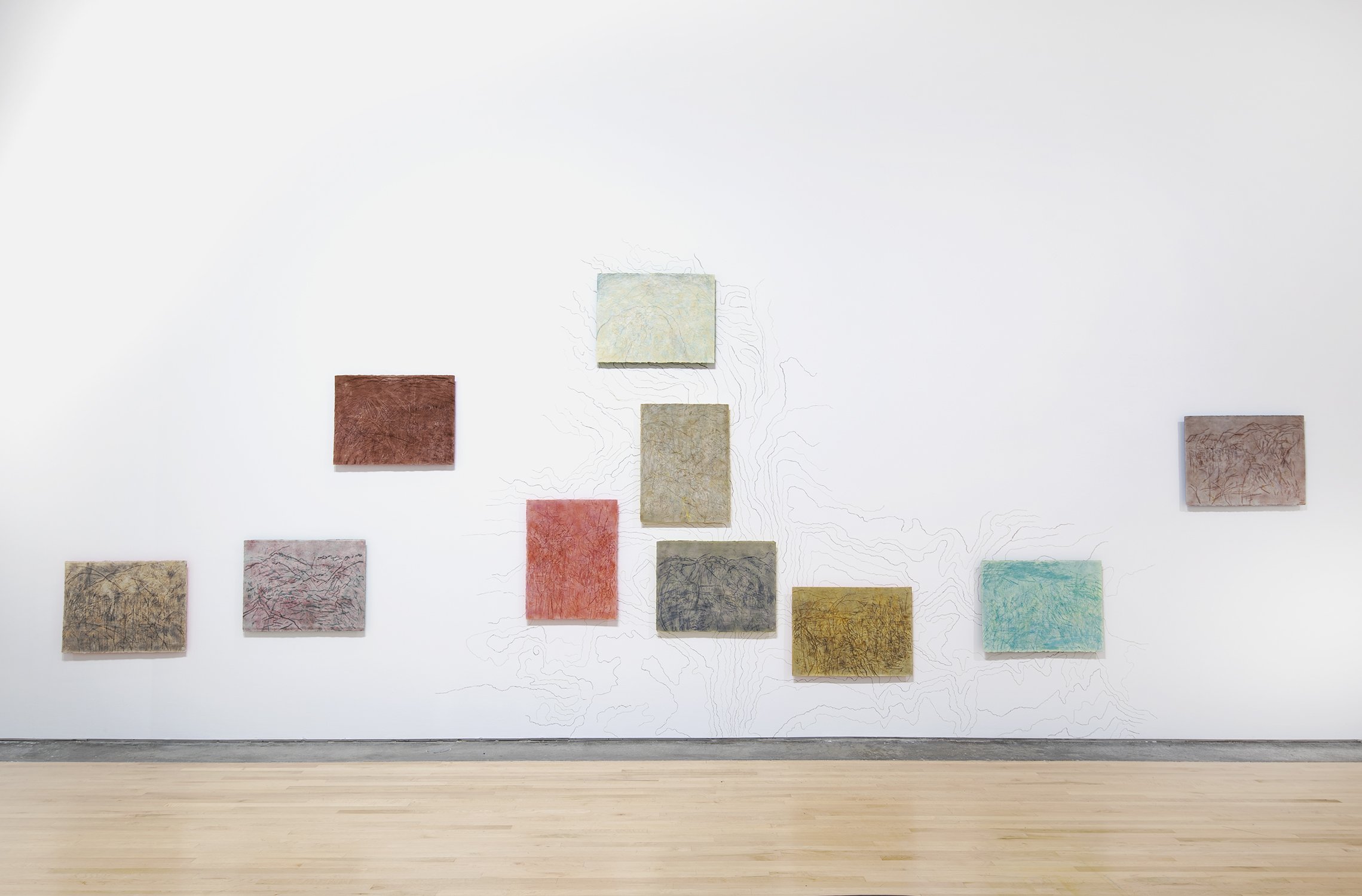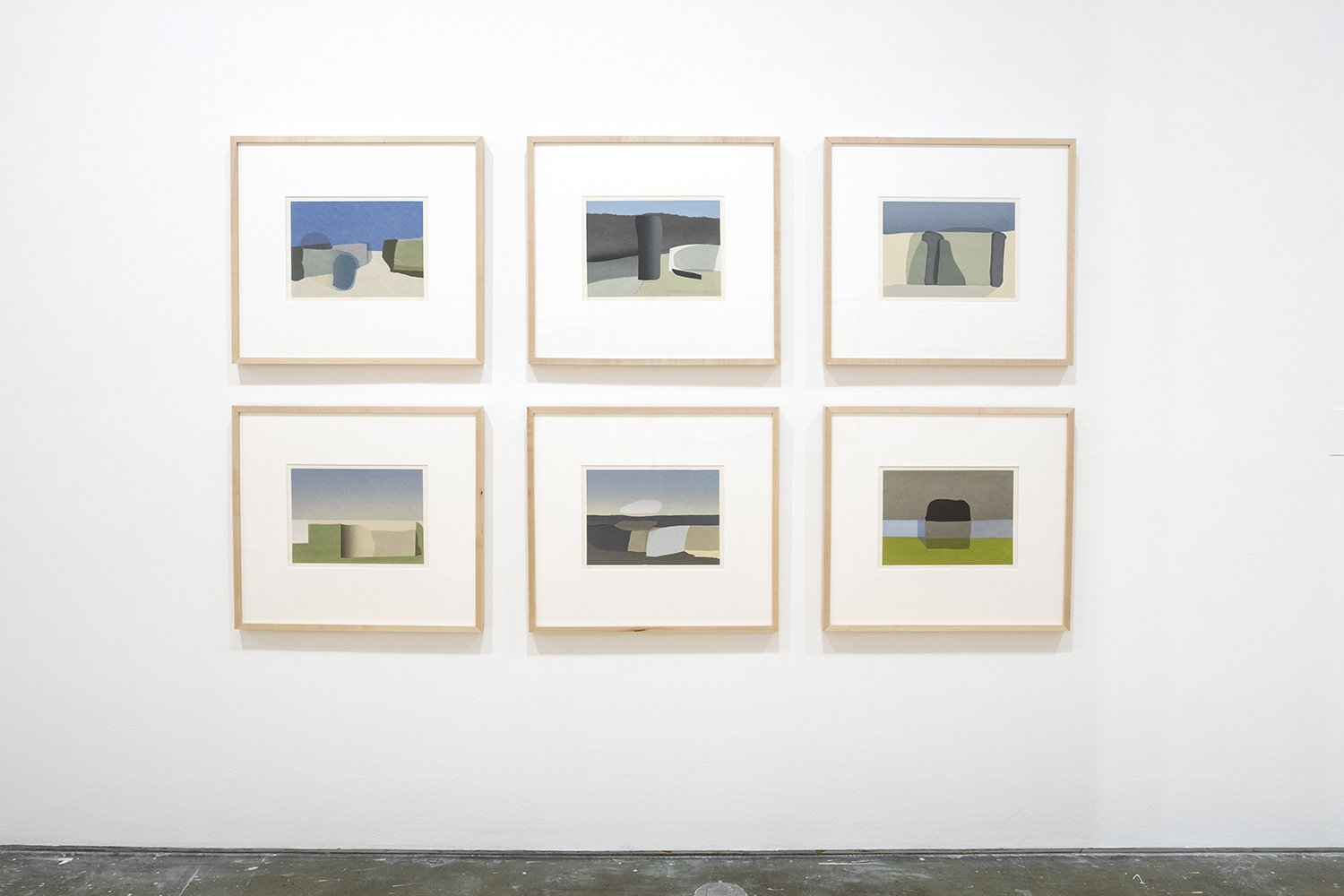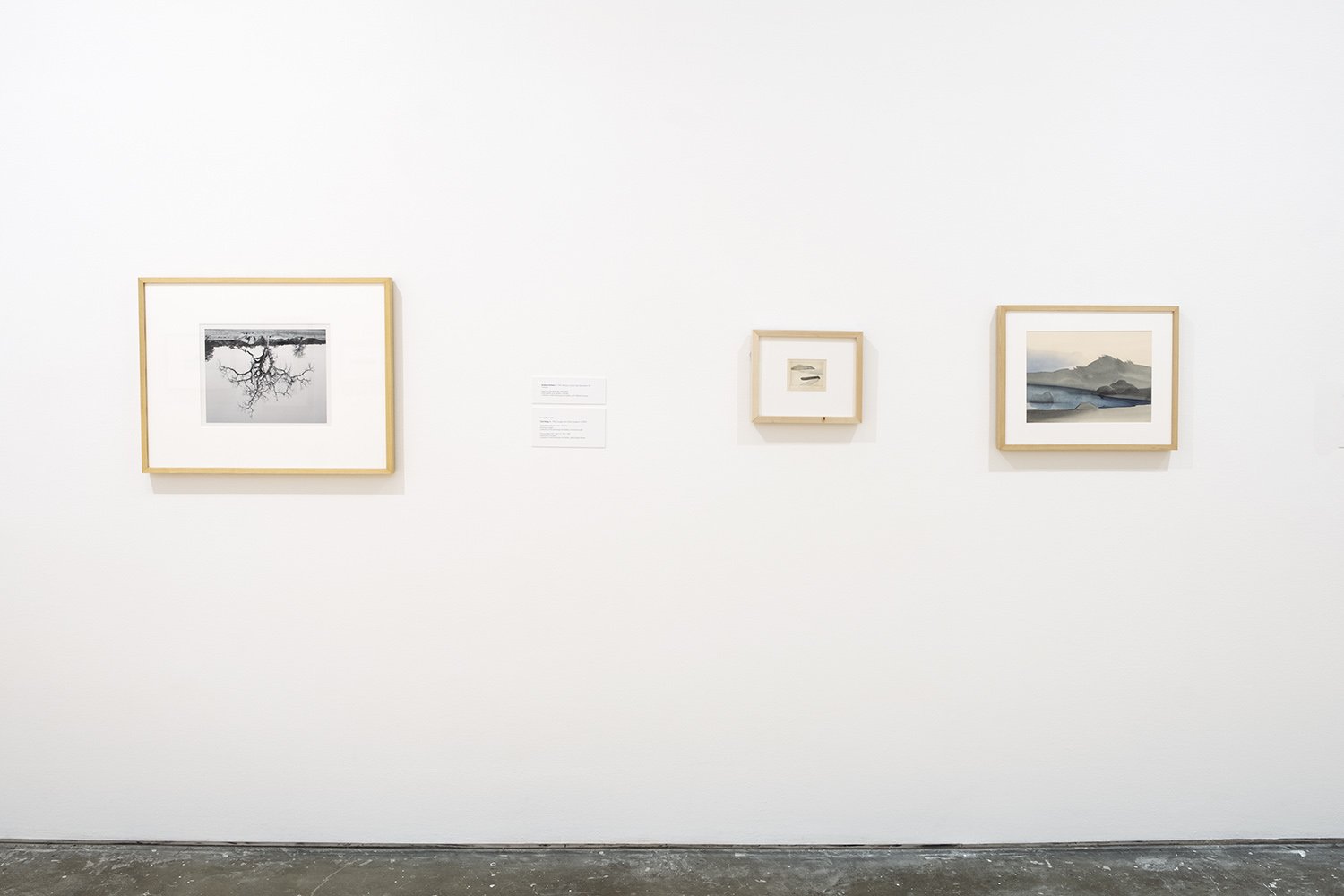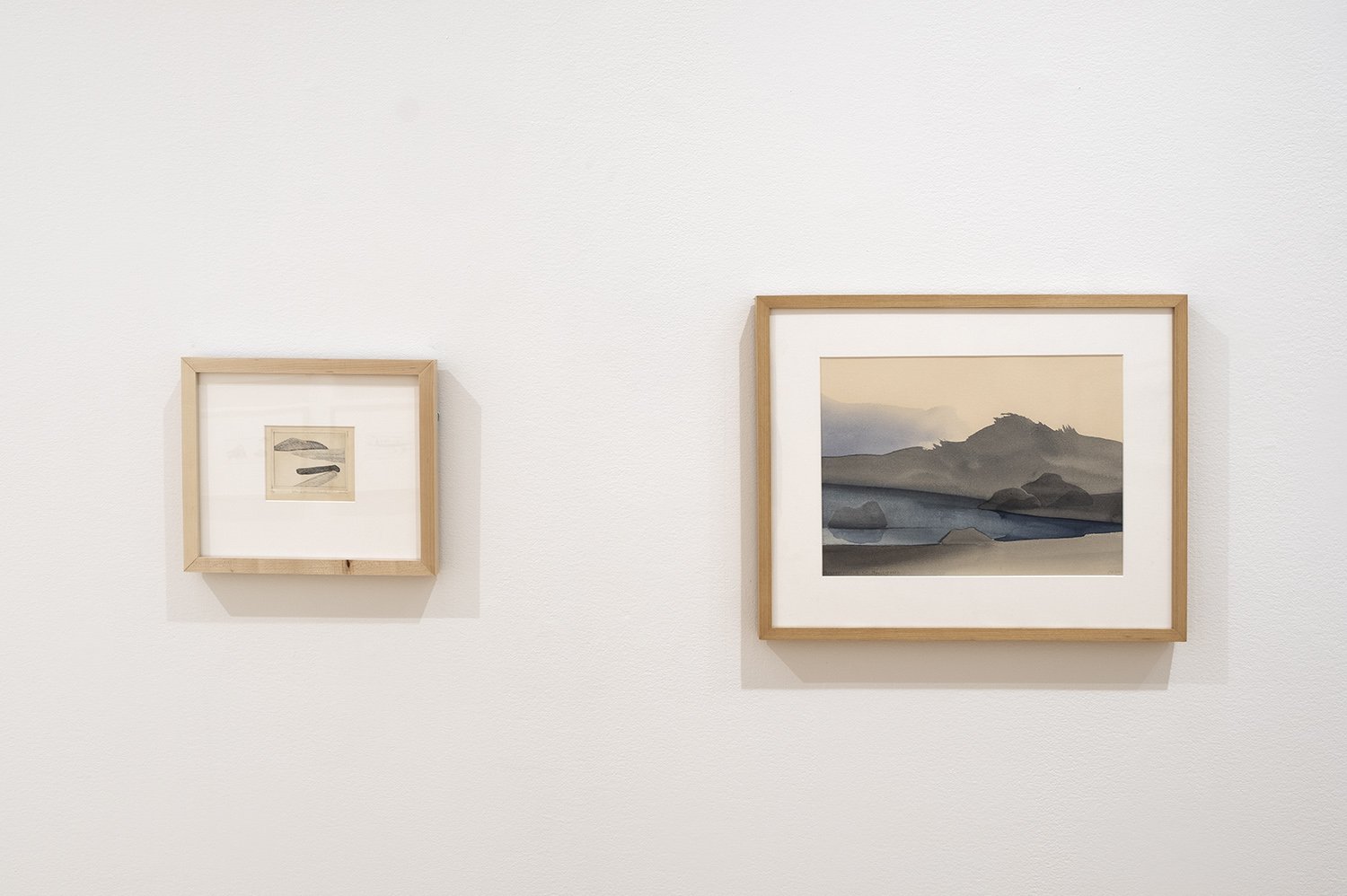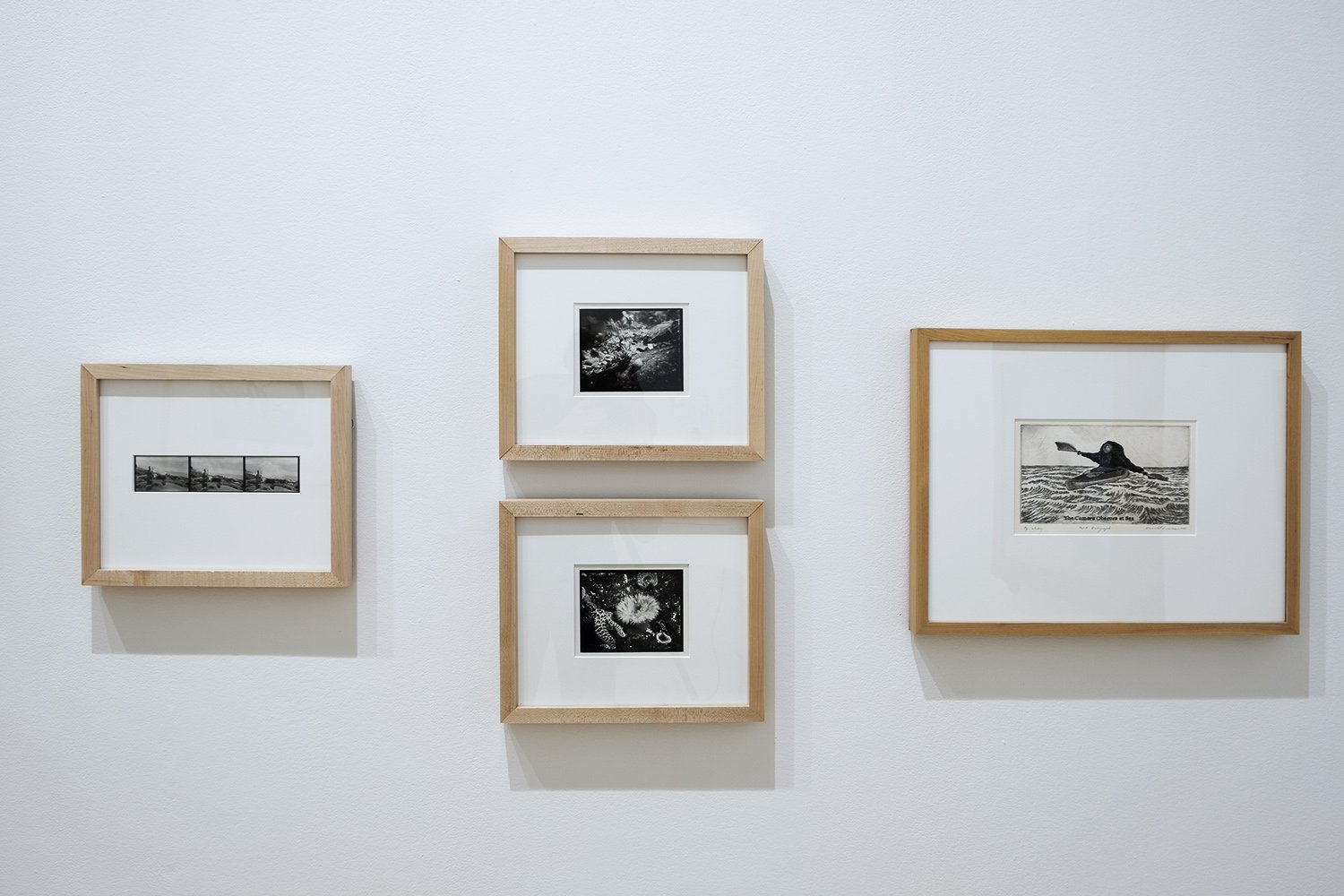READING THE LAND: TEN YEARS OF COLLECTING
Rebecca Belmore
Franklin Carmichael
Dana Claxton
Feminist Land Art Retreat
Rodney Graham
Adad Hannah
Andrea Kastner
Ann Kipling
Germaine Koh
Rodney Konopaki and Rhonda Neufeld
Donald Lawrence
Scott Massey
Daphne Odjig
Toni Onley
Gary Pearson
Jerry Pethick
Richard Prince
George Raab
Jack Shadbolt
Gordon Smith
Ted Smith
Tania Willard
Lawrence Paul Yuxweluptun
Central Gallery
July 16 to September 17, 2022
Curated by Charo Neville, Curator, Kamloops Art Gallery
Offering a view into the Kamloops Art Gallery’s collection through its acquisitions over the past ten years, Reading the Land: Ten Years of Collecting shares the expanse of artists and artworks that have come into the Gallery’s care since 2012. The selection of works centres on a range of approaches to representing the landscape and critically exploring the idea of land. Spanning wide-ranging art-historical epochs and diverse approaches, this exhibition offers a view into artmaking over the past 100 years in the context of shifting worldviews and conversations about land use and cultural implications. The works in Reading the Land: Ten Years of Collecting present a reading of the land that is inseparable from culture.
Works include recently acquired landscape paintings from the 1920s by Franklin Carmichael depicting Eastern Canadian terrains from that time, along with dynamic drawings of abstracted natural settings and other worldly beings by Jack Shadbolt created between the 1930s and the 1990s. The exhibition brings together significant groupings of related works by artists that the Gallery has collected in depth, including energetic abstract drawings of the North Okanagan region by Ann Kipling, immersive forest environments by George Raab, and minimalist landscape prints and watercolours by Toni Onley.
Traditionally rendered responses to the land are presented alongside photographs by Dana Claxton that mark the significance of the horse on the land, in relation to colonization and its effect on trade, mobility, and cultural interaction between Indigenous people and settlers during the expansion of the West. The collaborative practice of Feminist Land Art Retreat also shifts the perspective to the animal, examining the concept of “no man’s land” beyond ownership, imagining another existence “out there” with the horse as a sentient being and as a main character driving the narrative.
The exhibition also includes prints by Tania Willard and Lawrence Paul Yuxweluptun that connect Indigenous rights to land and language. A photograph and video by Adad Hannah re-position history painting into the contemporary context of ranching communities in the Southern Cariboo. In some works, the land represents itself: a series of landscape paintings by Germaine Koh emerged from lines made by the Gallery’s hygrothermograph and then drawn in various environments outside the controlled environment of the Gallery, and collaborative drawings by Rodney Konopaki and Rhonda Neufeld reflect the artists’ movements across the topography of Kamloops. Sublime lens-based work by Scott Massey is similarly experimental: the apparatus and the approach to visual representation of the landscape expose the very elements that make up the image itself.
Reading the Land: Ten Years of Collecting offers insight into collecting practices at the Gallery. Over the past decade we have worked more consciously to bring work into the collection that aligns with the Gallery’s curatorial vision, and as a result, this exhibition presents artworks by artists who have exhibited at the Gallery since 2012. In this way, the exhibition reflects on ten years of exhibitions and programming. Bringing works together that may have previously been shown in solo exhibitions or in other contexts creates opportunities for new conversations between works and new perspectives for the viewer.
Exhibitions drawn from the collection are an opportunity to celebrate this public resource and the Gallery’s role in caring for these works in perpetuity. Collection exhibitions also offer us opportunities to reflect on the problematic homogeneity of an institution’s past collecting practices, revealing how this is an outcome of curatorial perspectives that privilege dominant narratives and artists. In the past decade the Kamloops Art Gallery has worked to more intentionally develop a collection that supports living artists with diverse worldviews and that is representative of art making today, for audiences of the future. Along with our exhibitions, we remain focused on creating a collection that is representative of diverse lived experiences and contemporary art practices, while being critically responsive to systems of cultural and racial oppression. Reading the Land: Ten Years of Collecting invites critical readings of our collection and considerations of our relationship to the land.
E X H I B I T I O N B O O K L E T
A D D I T I O N A L R E S O U R C E S
Rodney Konopaki and Rhonda Neufeld
Along Mission Flats Road, November 8, 2013
pastel on 300lb Arches watercolour paper
56 x 76 cm
Collection of the Kamloops Art Gallery, purchased with the support of the Canada Council for the Arts Acquisition Grants program
Photo: Cory Hope
